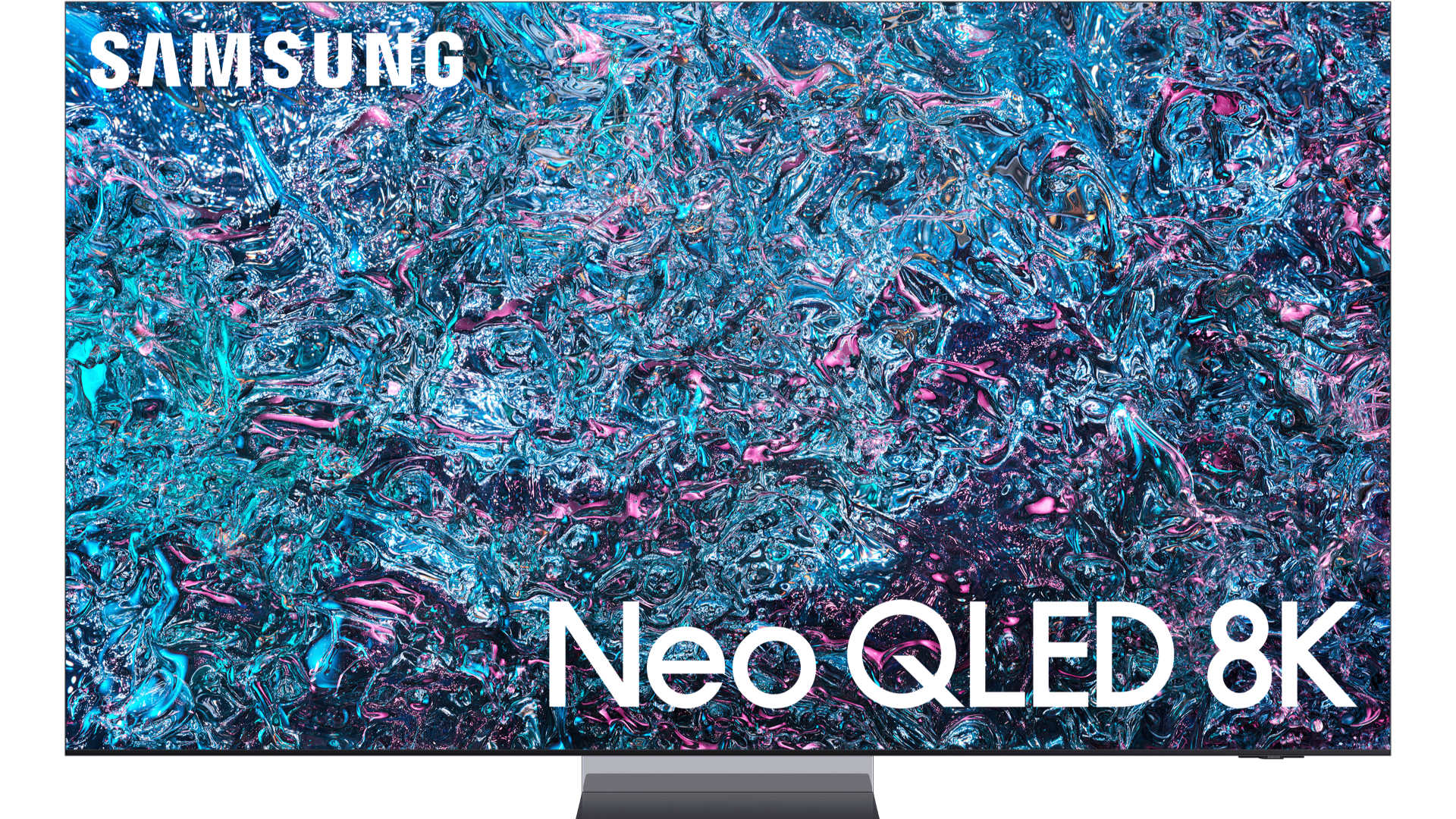
AI is transforming all types of consumer tech, from your laptop’s web browser to smartphones and even smart speakers. Such developments have been drawing plenty of attention, but AI is also quietly at work under the hood of the best TVs, where it can significantly contribute to a set’s overall picture quality.
At the recent CES 2024, TV makers from Samsung and LG to TCL and Hisense were touting the AI capabilities of the processors powering their TVs. Such capabilities assist in tasks as basic as noise reduction and complex ones like identifying and isolating objects of interest in images and then dynamically enhancing contrast and color for greater visual impact.
AI is also used in TVs to optimize HDR tone mapping in movies and shows with high dynamic range and even “re-master” older content that wasn’t produced in an HDR format. It’s commonly applied to refine picture detail and sharpness, mostly by referencing a database of pre-existing images and using that as a foundation for further image processing.

New AI frontiers
In 2024, AI will take TV technology to new levels, presumably for the better. LG announced a feature for its top OLED TVs called AI Director Processing that can analyze a director’s intended color scheme for each shot in a movie and “enhance the color expression” accordingly. That seems like a bold AI move by LG, and we’ll be looking at this new feature carefully to see how well it works once we get our hands on the company’s 2024 models.
Samsung, never a company to shy away from using AI, announced a new feature called AI Motion Enhancer Pro for its 2024 8K TVs. This uses AI to detect the type of ball used in various sports and effectively replace it onscreen on a frame-by-frame basis to not just reduce but fully eliminate motion blur. I had a chance to see a demo of this tech in action, and the visual difference between a ball in motion onscreen with AI Motion Enhancer Pro applied and a ball with the feature switched off was night and day.

AI and 8K TVs – filling out the picture
It’s not just balls that Samsung is applying AI-based processing to on its 8K TVs, but the entire picture. The company’s 2024 8K TVs feature a new processor, the NQ8 AI Gen3. According to Samsung, this contains an on-device AI engine (Neural Processing Unit) that’s two times faster and has 8 times as many neural networks as the one used in last year’s 8K TVs.
Having all that processing power onboard mainly benefits picture upscaling. A 4K TV has 8.3 million pixels in its display, while an 8K TV has 33 million pixels. Considering that most content watched on 8K TVs is 4K or regular HD resolution, many millions of new pixels are created to fill the 8K TV’s ultra high-definition display. Similar to the image processing on 4K TVs, the 8K AI Upscaling Pro feature in Samsung’s 8K TVs references a visual database to create those pixels, and it also uses “Quantum Super Resolution” to process images on a frame-by-frame basis to ensure lines look smooth and fine details don’t appear overhanced.

AI and 4K TVs – now more important than ever
A big benefit of the best streaming services is that many have offered movies and shows in 4K resolution with Dolby Vision HDR and Dolby Atmos audio. As long as your home was equipped with a high-speed internet connection and robust Wi-Fi, you could enjoy fantastic 4K picture quality and room-filling immersive sound.
That benefit has now become elusive. Major streaming services like Netflix and Max recently created pricing tiers that make you pay extra for 4K/HDR video and Dolby Atmos audio. For some 4K TV owners, this change has made those services prohibitively expensive, and they’ve opted to downgrade to a less pricey Standard plan with HD-resolution video or even a basic ad-supported tier.
Unless you plan on ditching streaming entirely and instead buying one of the best 4K Blu-ray players, this new development has made the upscaling capabilities of 4K TVs more important than ever.
TV brands that employ AI for upscaling have a clear advantage here as the same techniques used to make 8K images look good also benefit HD-to-4K conversion. But not all TVs provide technically sophisticated 4K upscaling, even if their processors use some form of AI for other types of image enhancement.
The generic processors used in many smart TVs are now better than ever, offering AI-powered features including real-time scene and object recognition, detail optimization, and other picture enhancements. That’s a key reason why today’s budget-priced big-screen TVs look significantly better than models from just a few years back. But generic solutions can’t do everything, and that reality will become increasingly apparent as we gradually switch to 8K resolution and much larger screen sizes (I’m looking at you, 98-inch TVs).
AI is nothing to be afraid of when it comes to TVs. As far as picture quality goes, the more AI, the better. But not all AI used in TVs is equal. As TVs transition from a flat panel on a stand to a room-filling video wall, bespoke AI-based image processing and upscaling will provide clear and undeniable visual benefits.
You might also like
- 8K TVs were supposed to be the next big thing – what happened?
- Samsung’s new 98-inch 8K mini-LED makes 8K TVs finally make sense
- LG’s 2024 OLED TVs are now available to order, but prices have gone up
